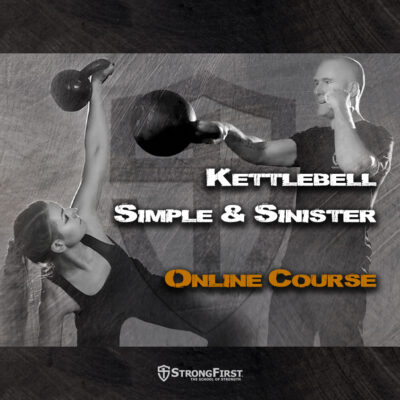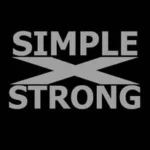Rarely do we come across men with such great sustaining force; but when we do, we find they are always men who have a complete mastery over the leverage principles of their muscles and know just when and where to apply them, much as a motorist knows when to shift his gears when climbing a steep hill.
Take the one hand swing for another example of applied science. Here is a lift that calls for many changes and a lightning coordination of all the forces, that result in making it bewildering to the novice. In this country, we swing with a straight arm throughout the lift, as is practiced in Europe. The British have a style of their own, of which I do not approve, as a genuine swing. They used to swing in the accepted style.
However, in this lift the weight is carried to a point where there is absolutely no physical control over it when the weight is traveling at right angles to the body. We all know that no lifter could possibly hold the weight out that is swung at right angle by sheer strength. It must be carried past that point by the sheer force of the sweep taken off the floor.
Most lifters only get a quarter swing out of their sweep, because they do not coordinate. Now an intelligent survey will show you that for about two-thirds of the distance the weight is traveling away from the body, that is, if you swing right. But to be successful in this lift, every inch of the way, the weight must be controlled. A quarter swing is the cause of lack of centralization, and uncontrolled gravity. The real swing lifter sends the bell sweeping through the air in a half circle, which keeps the weight traveling towards him, as it passes the dead line. In order to do this he must pull backwards with his body as he comes erect, which turns the arc of the weight form a quarter circle to a half circle, and thus carries it past the dead line, traveling towards him from the half-way point. A lot more has still to done, for the flight of the weight may not be high enough, which would cause his arms to bend.
As soon as the weight is felt to pass the turning point, he thrusts with the straight arm against the weight and steps forward to meet it with the lifting foot advanced. Thus a connection is made by meeting the weight as it travels towards the lifter, offsetting gravity, and centralizing the forces. Stepping forward takes the place of a dip and lowers the body under the weight.

This thrust may seem vague to the beginner, so let us find an ordinary circumstance with which you will be familiar, to illustrate visually what is meant. At some time you have seen a big door, or some similar object, blown over by the wind, and as you rush to save it from the fall you thrust against it with the hands. However, you may recollect that natural instinct caused you to employ a straight arm, and with your weight thrown behind the arm thrust the heavy door was propped back in place. If your arms bent at the elbow the door beat you, and the arms became like broken props.
Now, that is just what happens in a swing. If the arm is bent, no leverage is registered; if it is straight, it becomes a rigid prop of advantage, and the bodily strength springing forward its reserve, completes the whole show. It is a fast lift, and calls for quicker thinking, faster action, and more vigorous strength in one combined effort than any other lift. Greater skill is required, and the man who excels on this lift with a good poundage hung up as his record is apt to be a good, all-round lifter.
– George F. Jowett, Key to Might and Muscle, 1926. Images: George F. Jowett Scrapbook
If you are interested in a Hard Style dumbbell lifting program, please check out our Dumbbell Swing Tutorial [Free Video & .pdf Manual]
-
Sale!

GGP: The Great Gama Protocol [ONLINE COURSE]
Original price was: $149.$99Current price is: $99. -
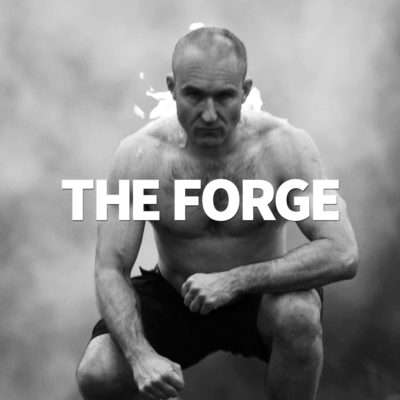
THE FORGE: Full Year’s Transformation Program [ONLINE COURSE]
$499 -
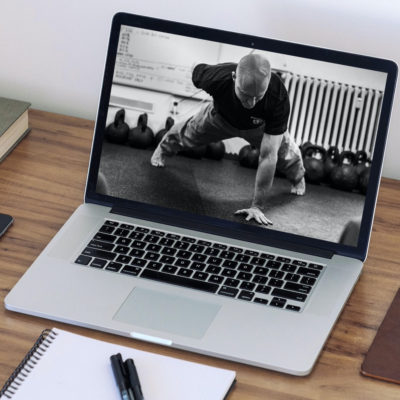
60 Minutes Online Private Lesson
$99 -

Hard Style Dumbbell Swing [VIDEO+MANUAL]
$0 -

StrongFirst RESILIENT—Chelmsford, United Kingdom—March 21-22, 2026
$795 -
Sale!
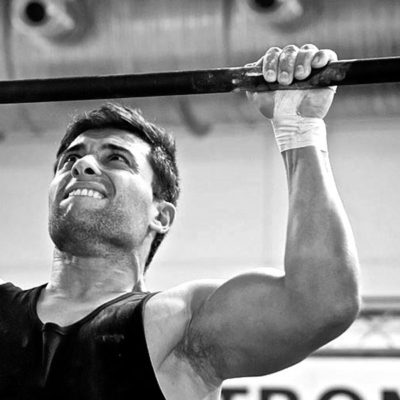
SFB StrongFirst Bodyweight Instructor Certification – Prague, Czechia, April 18-19, 2026
Price range: $1095 through $1295

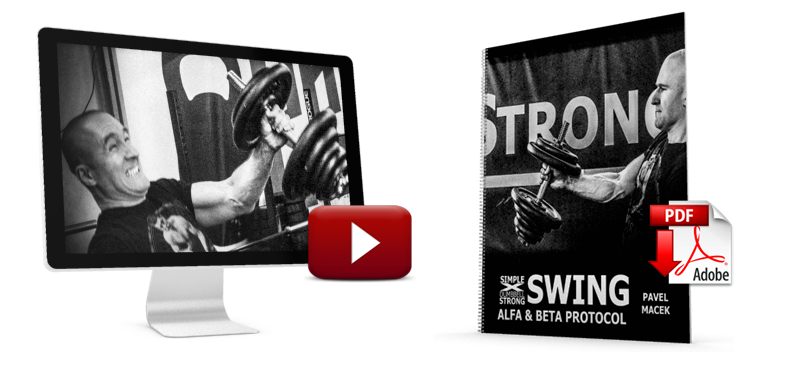




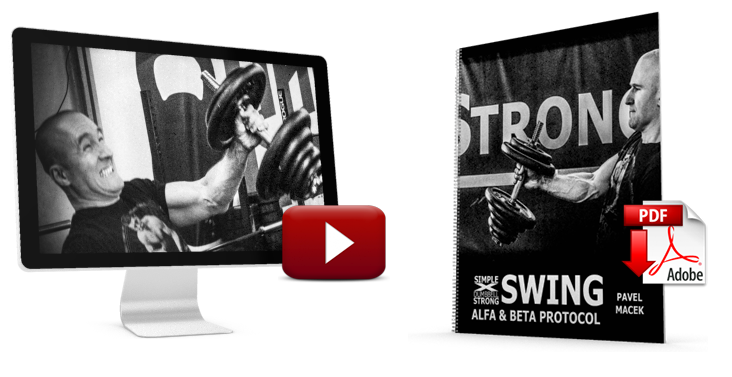

![Enter the Dumbbell! [ONLINE COURSE]](https://simplexstrong.com/wp-content/uploads/2025/12/strongfirst-enter-the-dumbbell-400x400.jpg)
